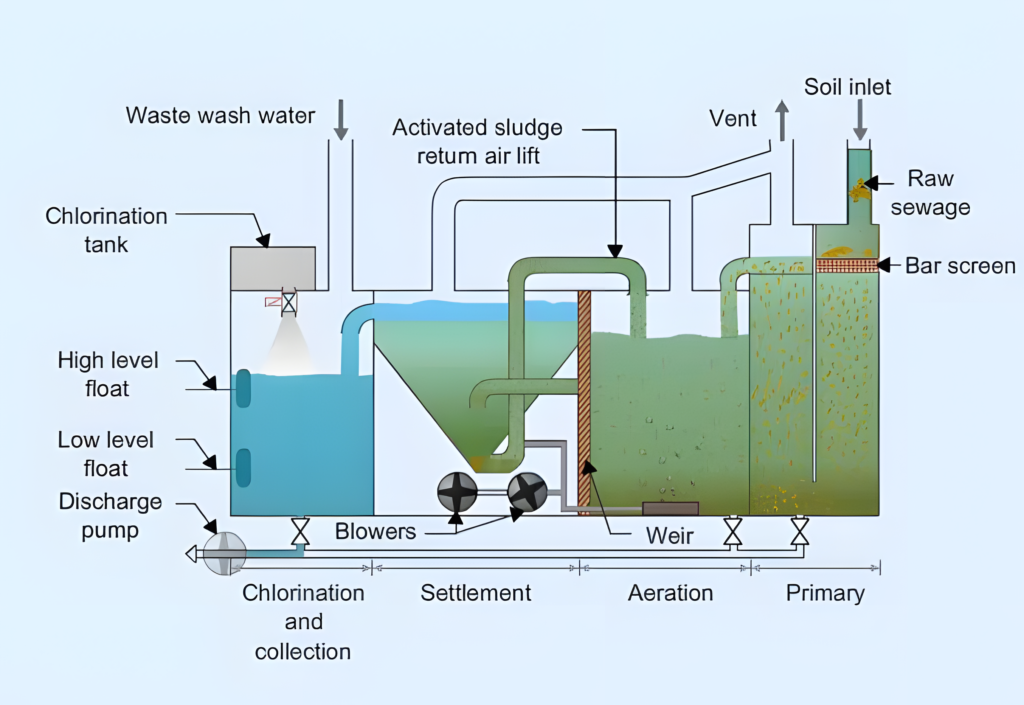

BLOG
How do you remove water from sewage sludge?
How do you remove water from sewage sludge?
15 August 2023
Introduction:
Managing sewage sludge, a byproduct of wastewater treatment, is a critical aspect of maintaining environmental sustainability. To address the challenge of excess water in sewage sludge, several methods are employed to remove water efficiently. In this blog, we'll explore various techniques used to remove water from sewage sludge, providing a clear and straightforward understanding of the process.

Methods for Removing Water from Sewage Sludge:
1. Mechanical Dewatering:
Mechanical dewatering methods involve applying physical force to separate water from the sludge. Techniques such as centrifugation, belt filter presses, and screw presses utilize mechanical pressure to squeeze water out of the sludge. These methods are efficient and widely used in wastewater treatment plants to reduce water content.
2. Sludge Drying Beds:
Sludge drying beds are another effective method for water removal. In this approach, sludge is spread out on large surfaces to expose it to sunlight, wind, and ambient temperatures. Over time, the natural evaporation process reduces the water content, resulting in drier sludge that is easier to manage and dispose of.
3. Thermal Drying:
Thermal drying involves using heat to evaporate water from the sludge. Technologies like fluidized bed dryers and rotary dryers expose the sludge to controlled temperatures, effectively vaporizing the water content. The dried sludge can then be processed into pellets or granules for easier disposal.
4. Electroosmotic Dewatering:
Electroosmotic dewatering is an emerging technique that involves applying an electric field to the sludge. This creates a migration of water through the sludge, allowing it to be removed more easily. This method shows promise in improving the efficiency of dewatering processes.
Benefits of Effective Water Removal:
1. Reduced Volume:
Removing water from sewage sludge reduces its volume, making it more compact and easier to transport and dispose of.
2. Cost Savings:
Efficient water removal methods lead to reduced transportation costs and lower energy consumption, resulting in cost savings for wastewater treatment facilities.
3. Improved Handling:
Drier sludge is easier to handle, reducing the risks associated with transportation and disposal.
4. Environmental Benefits:
Effective water removal contributes to sustainable waste management practices, as it reduces the environmental impact of sludge disposal and conserves valuable landfill space.
Conclusion:
Efficiently removing water from sewage sludge is a crucial step in wastewater treatment and waste management. Various methods, from mechanical dewatering to thermal drying, offer effective solutions for reducing water content. By implementing these methods, wastewater treatment facilities can ensure better waste management practices and contribute to a cleaner and healthier environment.



